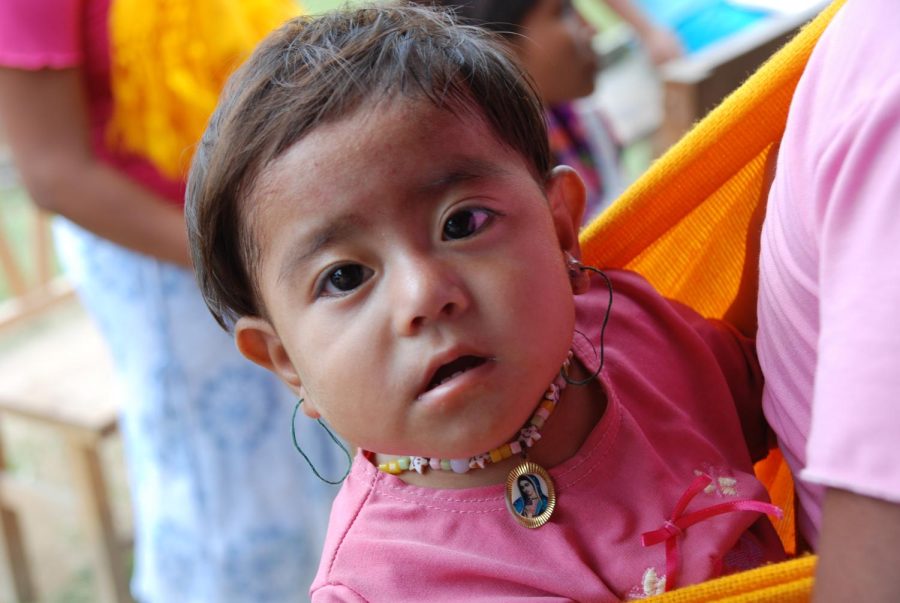Ear Piercing: An Important Cultural Tradition
October 17, 2022
Each culture is defined by the unique traditions that bring its people together. The piercing of a young child’s ears is an example of one such custom. The practice of piercing children’s ears spans across several continents and various cultures, even having existed for centuries in some areas of the world. Despite its commonality, the ear piercing of youth has faced criticism, with many raising concerns over safety and bodily autonomy. However, with the correct precautions, piercing young childrens’ ears is a safe practice and an important part of one’s heritage that should continue to be celebrated.
The ear piercing of youth is most prevalent in Latin American cultures, as well as in some parts of Asia and Africa. The custom is often associated with femininity and can be seen as an “automatic” choice because it has been done for generations. Many communities find normalcy in piercing the ears of children as young as infants, with the service even being offered at hospitals in countries such as Mexico.
Critics often analyze the tradition at a surface level, believing the practice to be solely for cosmetic reasons. However, in many cultures, ear piercing holds greater significance and a deeper meaning. In the Hindu religion, for example, ear piercing is known as a ritual called Karnavedha. This ritual is sacred in Hindu culture because many believe that having pierced ears allows for valuable spiritual connections. Similarly, in Kenyan communities, ear piercing is a common occurrence for both male and female children. The event is often viewed as a rite of passage, marking a transition of maturity for young individuals. Furthermore, in Kenyan culture, earrings are frequently worn for more than just aesthetics, and stands as a symbol of identity and bravery.
The main point of controversy with piercing kids’ ears is related to their safety. Critics cite infections as a cause for concern; however, with guidance from a pediatrician, ear piercing is actually a safe practice. Research finds that complications with piercings are unrelated to age and can happen at all ages. If the piercing recipient is young, their parents or guardians must be responsible for caring for their piercings to ensure a smooth recovery. If the piercing and accompanying maintenance are done properly, no medical troubles should occur.
Issues relating to bodily autonomy also present themselves, but getting ear piercings done is not as invasive of a process as it may seem. It is inevitable that not all individuals will want to wear earrings, which is an entirely valid choice. Ear piercings at a young age may not be consensual, but there is freedom that comes with it. Earrings are not permanent, so if one is uncomfortable with earrings, they can have the ability to not wear them. Earrings should be viewed similarly to other jewelry like necklaces or rings, which are easy to take on and off.
Similar to many others with Filipino heritage, I got my ears pierced at an extremely young age. I am grateful to my parents for this decision because I have been spared of any painful memories from getting the piercings done. Even though I don’t wear earrings all the time, I do enjoy having the choice to wear them whenever I desire.
Criticism of ear piercing traditions may be rooted out of ignorance with critics turning a blind eye to its significance in certain cultures. This custom is far from an infliction of pain for selfish cosmetic reasons, but rather an instance of upholding one’s heritage in a safe, beautiful way.
Photo courtesy of COMMONS.WIKIMEDIA.ORG


Yürgen • Mar 15, 2024 at 1:41 PM
Your article briefly touches upon body autonomy, but says nothing about the fact that the procedure is painful, and opens the child to potential infection. For a child that can state that they want the piercing to be pierced is one thing, but without the piercee’s consent it is abuse. Infants know nothing of cultural significance, and may not grow up to align themselves with those beliefs.